I need to determine the transitivity for each node in a network, but am getting inconsistent results.
set.seed(123)
a <- rbinom(144, 1, .5)
b <- graph.adjacency(matrix(a, nrow = 12, ncol = 12), mode = "undirected")
transitivity(b, type = "local")
This provides the output:
[1] 0.6888889 0.4909091 0.4444444 0.9333333 0.4909091 0.7500000 0.7333333 0.4666667 0.7333333 0.4222222 0.5000000
[12] 0.6944444
But when I try to specify a single node, some values in the output do not match:
transitivity(b, vids = 2, type = "local")
[1] 0.75
In fact, when I try to calculate the local transitivity for all vertices, many are different than if I leave the vids argument out. In some instances when I've tried this, all have been different.
transitivity(b, vids = V(b), type = "local")
[1] 0.6888889 0.7500000 0.7142857 0.9333333 0.7500000 0.7500000 0.7333333 0.7500000 0.7333333 0.6785714 0.8571429
[12] 0.6944444
If I set vids as NULL it matches the first output, without the vids argument included at all.
The results are slightly different, but still don't match if I create a directed network.
Any thoughts on what might be causing this or which set of results should I use?
Thank you for your help.
